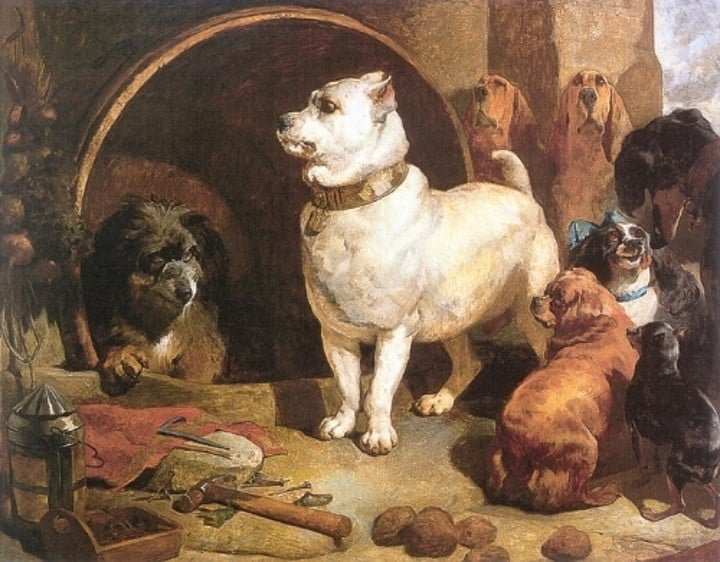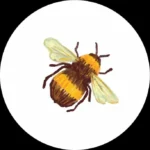Note.–– The following extract has been taken directly from volume 1, Home Education, by Charlotte M. Mason, pp. 309-311.
Objects
1. To continue the series of Landseer’s pictures the children are taking in school.
2. To increase their interest in Landseer’s works.
3. To show the importance of his acquaintance with animals.
4. To help them to read a picture truly.
5. To increase their powers of attention and observation.
Step I.––Ask the children if they remember what their last picture-talk was about, and what artist was famous for animal-painting. Tell them Landseer was acquainted with animals when he was quite young: he had dogs for pets, and because he loved them he studied them and their habits––so was able to paint them.
Step II.––Give them the picture ‘Alexander and Diogenes’ to look at, and ask them to find out all they can about it themselves, and to think what idea the artist had in his mind, and what idea or ideas he meant his picture to convey to us.
Step III.––After three or four minutes, take the picture away and see what the children have noticed. Then ask them what the different dogs suggest to them; the strength of the mastiff representing Alexander; the dignity and stateliness of the bloodhounds in his rear; the look of the wise counsellor on the face of the setter; the rather contemptuous look of the rough-haired terrier in the tub. Ask the children if they have noticed anything in the picture which shows the time of day: for example, the tools thrown down by the side of the workman’s basket suggesting the midday meal; and the bright sunshine on the dogs who cast a shadow on the tub shows it must be somewhere about noon.
Step IV.––Let them read the title, and tell any facts they know about Alexander and Diogenes; then tell them Alexander was a great conqueror who lived B.C. 356-323, famous for the battles he won against Persia, India, and along the coast of the Mediterranean He was very proud, strong, and boastful. Diogenes was a cynic philosopher. Explain cynic, illustrating by the legend of Alexander and Diogenes; and from it find out which dog represents Alexander and which Diogenes.
Step V.––Let the children draw the chief lines of the picture, in five minutes, with a pencil and paper.







